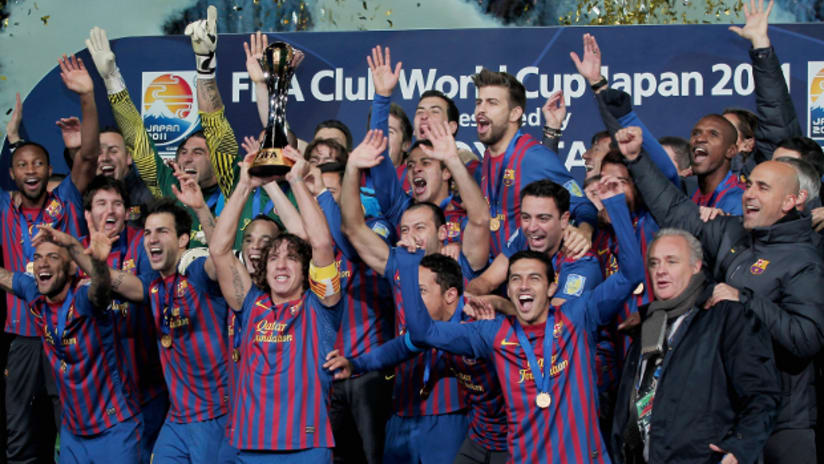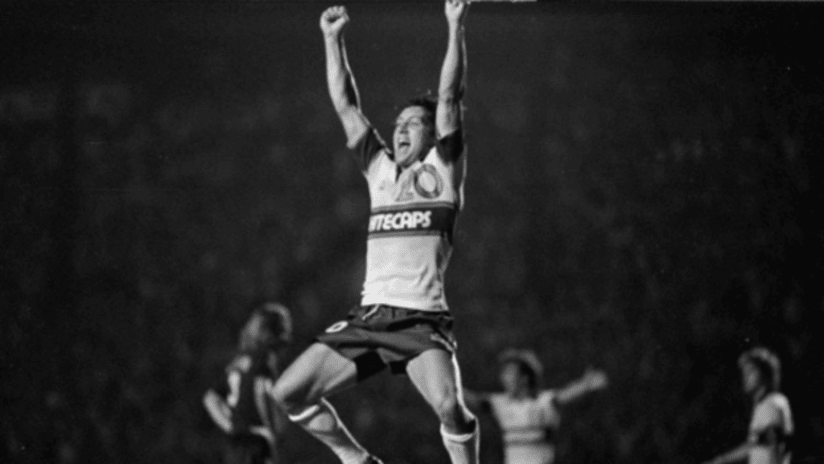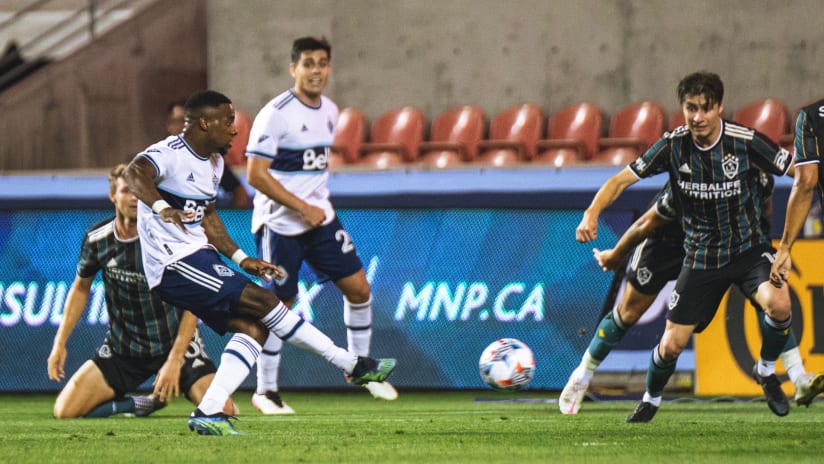On Sunday in Yokohama, Japan, the eighth edition of the FIFA Club World Cup concluded, with Spanish giants FC Barcelona winning their second world club title in three years after a convincing 4-0 victory over Brazil’s Santos FC. Lionel Messi led the way with two goals, while Xavi and Cesc Fabregas also added their names to the scoresheet, in what was another masterful performance by the Catalan outfit.
Sunday’s final ended ten days of action in the Far East, as FIFA crowned the top club in world soccer for the year. Barcelona’s win not only added another Club World Cup title to their long list of prestigious honours, it also extended Europe’s dominance in the annual pre-Holiday tournament, as a European club have won the trophy each of the last five tournaments.
The history of the Club World Cup can be traced back to 1960 when the Intercontinental Cup was formed. It annually pitted the club champions of soccer’s two biggest continents - Europe and South America - to unofficially decide the world’s top club until 2004. While the Intercontinental Cup was the genesis, the 2000 FIFA Club World Championship laid the foundation for the current competition, which formally came into being in 2005. Early success rested with clubs from Brazil, who won the 2000, 2005, and 2006 titles.
Consisting of the club champions from all six FIFA confederations and the national champion of the host country, the Club World Cup is played every December in a single-elimination, bracketed format. The club champions of Europe and South America are given byes to the semifinals, which this year, were Barcelona (UEFA Champions League winners) and Santos (Copa Libertadores winners). The 2011 tournament began with a playoff for the quarterfinals involving the host country’s team (Japan’s Kashiwa Reysol) and the Oceania club champions (New Zealand’s Auckland City FC). The winner then faced the 2010-11 CONCACAF Champions League winners (Mexico’s CF Monterrey) in one quarterfinal, while the African Champions League winners (Tunisia’s Espérance Sportive de Tunis) met the Asian Champions League holders (Qatar’s Al-Sadd Sports Club) in the other quarterfinal. Other than the semifinals and the final itself, matches for fifth place and third place also take place in the competition.
While the Club World Cup may not be the most well-known of tournaments to Whitecaps FC supporters, fans of the Blue and White should be aware of Vancouver’s potential to competitively play a Barcelona, Manchester United, Boca Juniors, or Corinthians in this tournament. Next spring, Martin Rennie’s side will embark on a journey of just over a year-and-a-half to try and reach the 2013 Club World Cup in Morocco. The ‘Caps will look to win their first Nutrilite Canadian Championship title in the New Year, and with it, participation in the 2012-13 CONCACAF Champions League (CCL). Should Whitecaps FC win the CCL title in the spring of 2013, they will earn the right to represent CONCACAF at that year’s Club World Cup.
Playing in a Club World Cup may seem like a dream, but the journey towards reaching that event is sure to provide Whitecaps FC and their supporters with more great moments to come.





